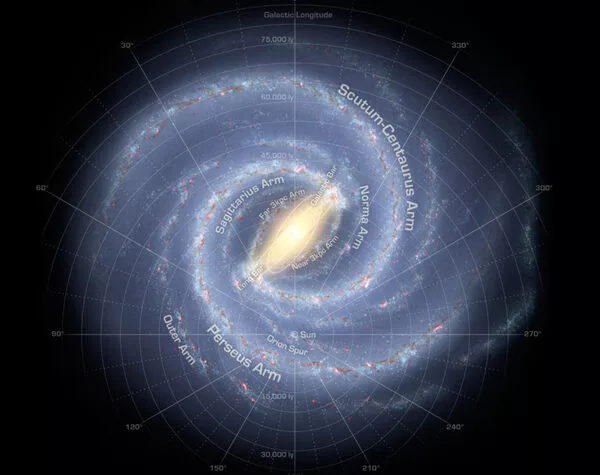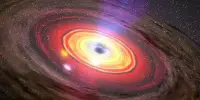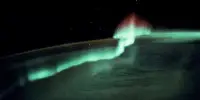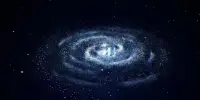The discovery that astronomers have discovered no young binary stars near the Milky Way’s black hole points to an intriguing phenomenon in the galactic center. Two stars orbit around a common center of mass in binary star systems. They are formed during the star formation process by the fragmentation of molecular clouds.
Scientists examined data from 16 young supermassive stars orbiting the supermassive black hole at the center of the Milky Way galaxy for over a decade. Normally, supermassive stars form in pairs, but the new study discovered that all 16 of the stars were singletons. The findings support a scenario in which the supermassive black hole drives nearby stars to either merge or be disrupted, with one of the pair being ejected from the system.
When supermassive stars are born, they almost always have a twin, and the two stars usually orbit each other. However, astronomers from UCLA’s Galactic Center Group and the Keck Observatory have analyzed data from 16 young supermassive stars orbiting the supermassive black hole at the center of the Milky Way galaxy for over a decade. Their findings, which were published today in the Astrophysical Journal, reveal an unexpected conclusion: They are all singletons.
But why is this so? Are the stars, which are about ten times the size of our sun, forming on their own in the hostile environment surrounding the black hole? Have the black hole sucked their “twins” away? Or have two stars fused to form a single star?
Stars this young shouldn’t even be near the black hole in the first place. They couldn’t have moved to this area in 6 million years. However, the formation of a star in such a hostile environment is surprising.
Devin Chu
The findings support the theory that the central supermassive black hole causes nearby stellar binaries to merge or be disrupted, with one of the pair being ejected from the system.
The stars observed by the scientists are known as S-stars, and the majority of them are young (formed within the last 6 million years) and massive. They are mostly within a light-month, or slightly less than 500 billion miles, of the black hole.
“Stars this young shouldn’t even be near the black hole in the first place,” said the study’s first author, UCLA postdoctoral scholar Devin Chu. “They couldn’t have moved to this area in 6 million years.” However, the formation of a star in such a hostile environment is surprising.”

Chu and his colleagues conducted the first-ever search for spectroscopic binary stars among S-stars using data collected with Keck’s adaptive optics instruments. Spectroscopic binary stars appear to be single stars through optical telescopes, but when the light they emit is analyzed by scientists, they are revealed to be pairs of stars.
All of the S-stars who appeared to be single were actually single. Even more surprising, the researchers discovered that the number of pairs of S-stars that could possibly exist near the black hole was much lower than the number of comparable stars in the solar neighborhood, the region of space surrounding Earth’s sun.
They did this by calculating a metric called the binary fraction, which defines how many stars in a given area could come in pairs; the higher the binary fraction, the more stars that could exist in pairs. Previous studies have shown that the binary fraction for stars similar to S-stars in Earth’s solar neighborhood is around 70%. In the new study, the researchers found that near the Milky Way’s black hole, the upper limit is just 47% – suggesting that the extreme environment of the black hole is limiting the survival of stellar binaries.
“This difference speaks to the incredibly interesting environment of the center of our galaxy; we’re not dealing with a normal environment here,” Chu explained. “This also suggests that the black hole drives these nearby binary stars to merge or be disrupted, which has important implications for the production of gravitational waves and hypervelocity stars ejected from the galactic center.”
The UCLA researchers will now investigate how the binary fraction limit they calculated compares to the binary fraction for similar stars located farther away from the black hole but still within its gravitational influence.
















